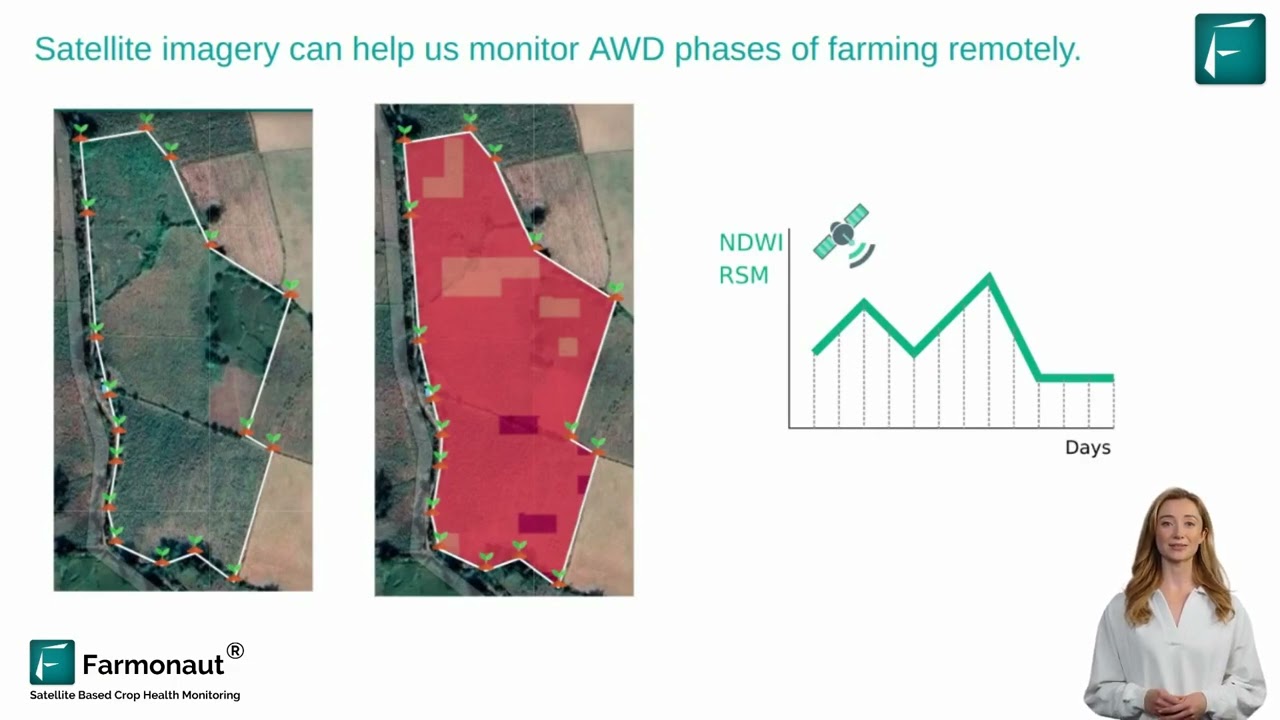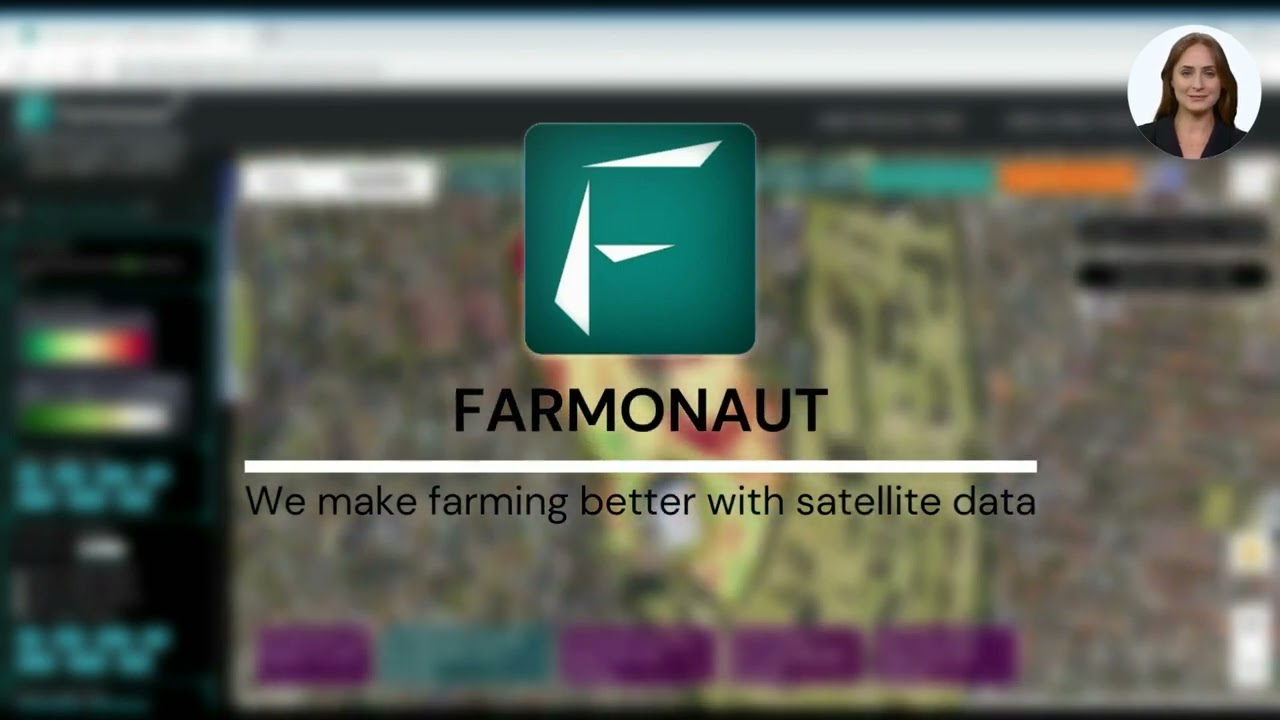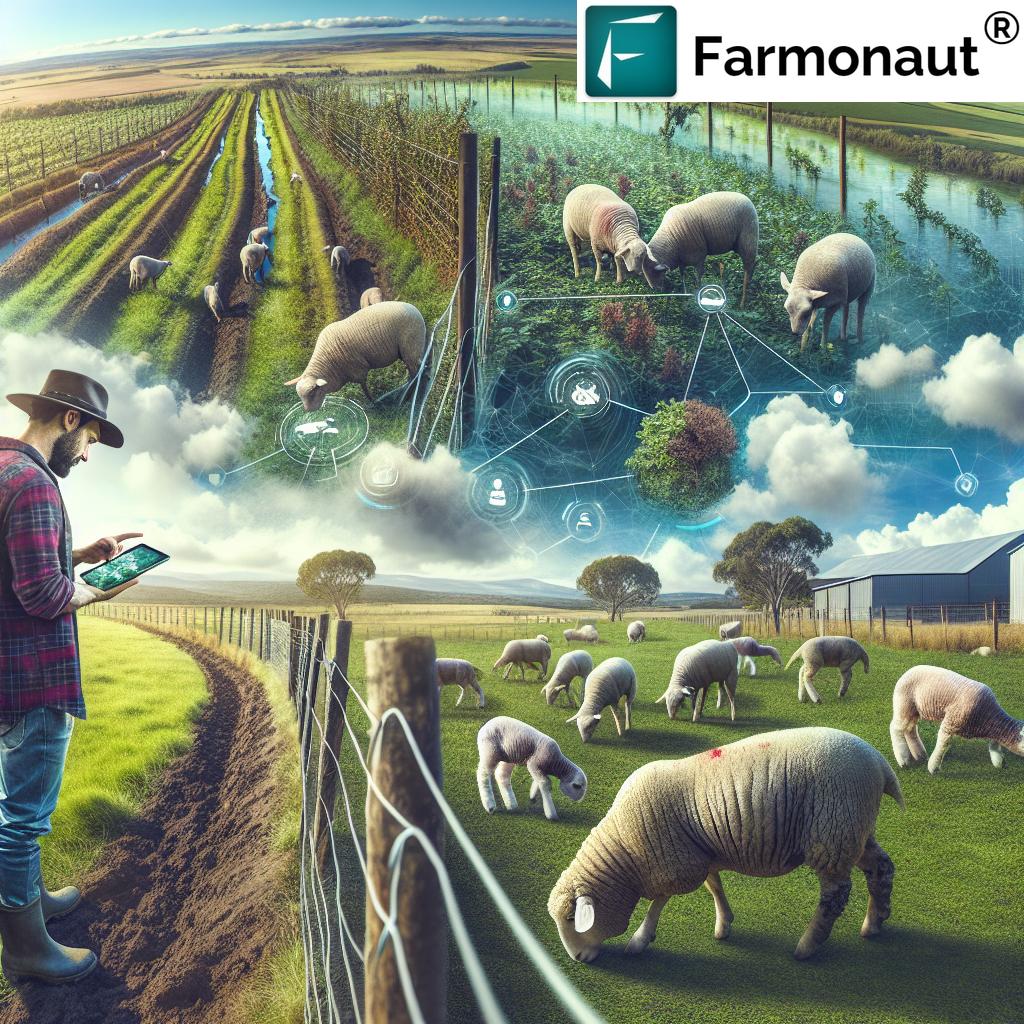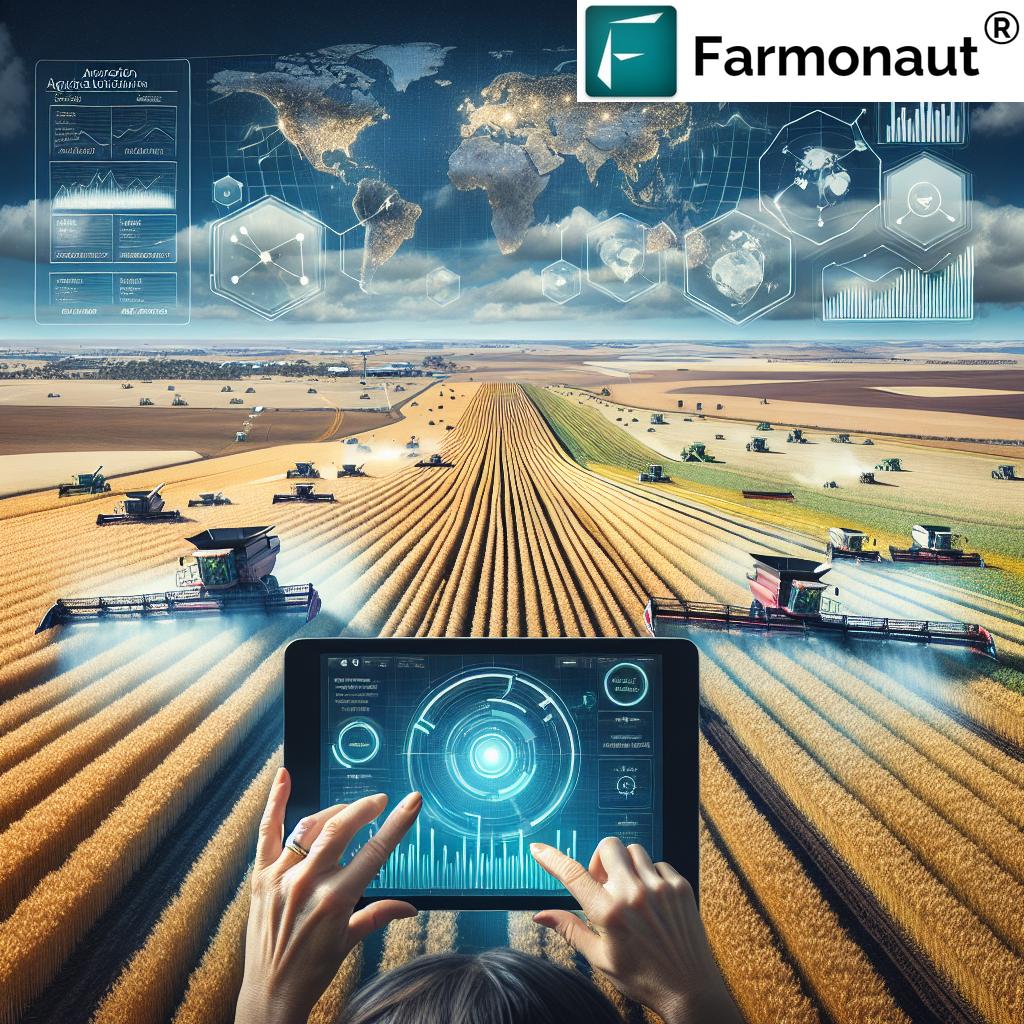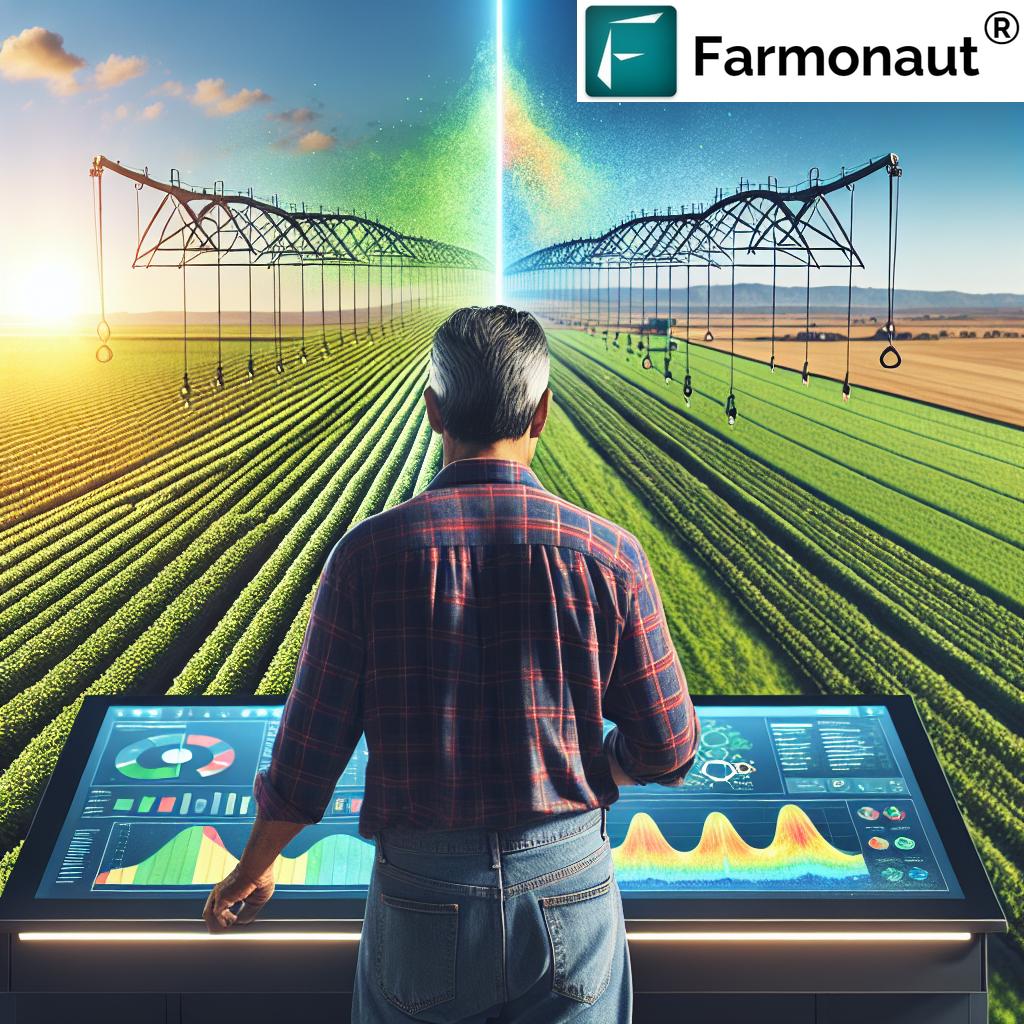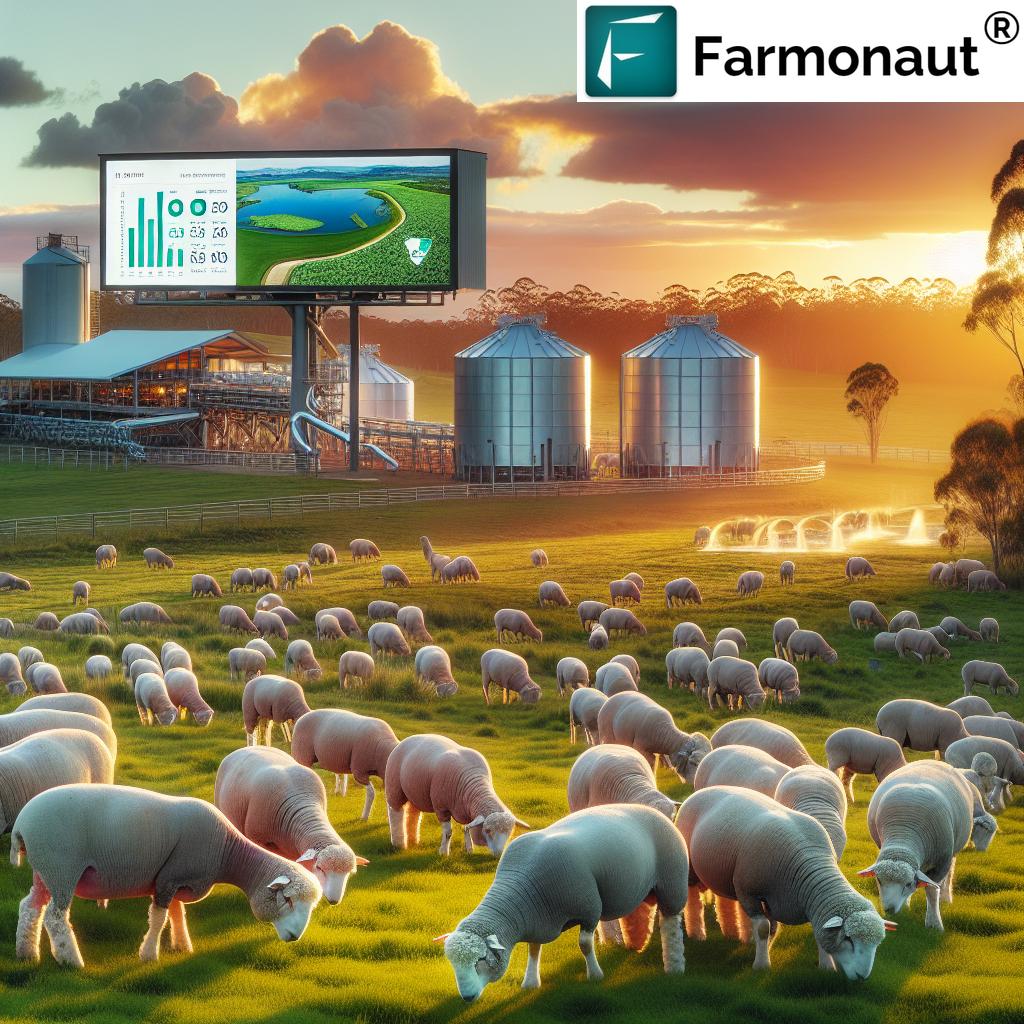Revolutionizing Biosecurity: How Farmonaut’s AgTech Solutions Combat Pest Animals in South Australian Agriculture
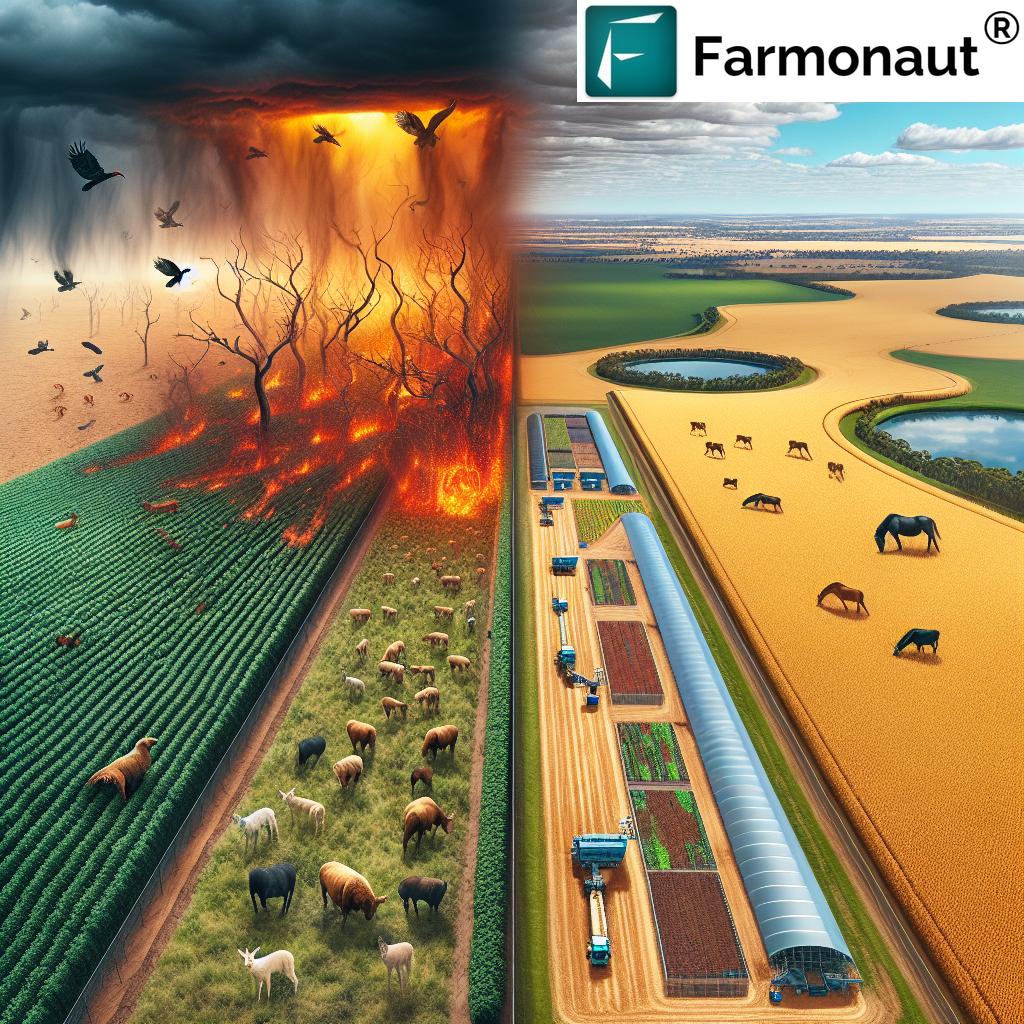
“Feral animal infestations can cause up to 30% crop yield losses in South Australian agriculture.”
In the heart of South Australia’s thriving agricultural landscape, a silent battle rages on. Pest animals, both introduced and native, pose a significant threat to the region’s crops, livestock, and delicate ecosystems. As stewards of the land, we face an ongoing challenge: how do we protect our agricultural assets while maintaining ecological balance? The answer lies in revolutionizing our approach to biosecurity, and that’s where Farmonaut’s cutting-edge AgTech solutions come into play.
In this comprehensive exploration, we’ll delve into the world of pest animal management and biosecurity in agriculture, uncovering the innovative strategies that are transforming the way we combat these invasive species. From the rolling hills of the Barossa Valley to the vast expanses of the Nullarbor Plain, we’ll examine how technology is reshaping our defenses against feral animals and safeguarding the future of South Australian farming.
The Pest Animal Predicament in South Australia
Before we dive into the solutions, it’s crucial to understand the scope of the problem. South Australia’s diverse agricultural sector, encompassing everything from vineyards to sheep stations, faces a myriad of challenges from pest animals. These unwanted guests range from the iconic yet destructive kangaroo to introduced species like rabbits and feral pigs.
- Crop Damage: Feral animals can decimate crops, leading to significant economic losses for farmers.
- Livestock Threats: Predatory species pose a danger to sheep and other farm animals, impacting animal welfare and farm productivity.
- Environmental Degradation: Pest animals contribute to soil erosion, water pollution, and the destruction of native habitats.
- Disease Transmission: Many feral species can carry and spread diseases that affect both livestock and humans.
The impact of these pest animals extends beyond individual farms, threatening the entire agricultural industry and the delicate balance of South Australia’s unique ecosystems.
Traditional Pest Control Methods: A Look Back
Historically, farmers and land managers have relied on a variety of methods to control pest animal populations:
- Fencing: Physical barriers to prevent animal access
- Trapping: Capture and removal of pest animals
- Baiting: Use of poison baits to reduce populations
- Shooting: Targeted culling of problem animals
While these methods have been somewhat effective, they often come with significant drawbacks. They can be labor-intensive, costly, and in some cases, pose risks to non-target species. Moreover, as pest animals adapt and evolve, traditional control methods may become less effective over time.
Enter AgTech: A New Frontier in Pest Management
As we stride into the future of agriculture, technology offers us unprecedented tools to tackle the pest animal challenge. AgTech solutions, particularly those offered by innovative companies like Farmonaut, are transforming the landscape of pest control and biosecurity.
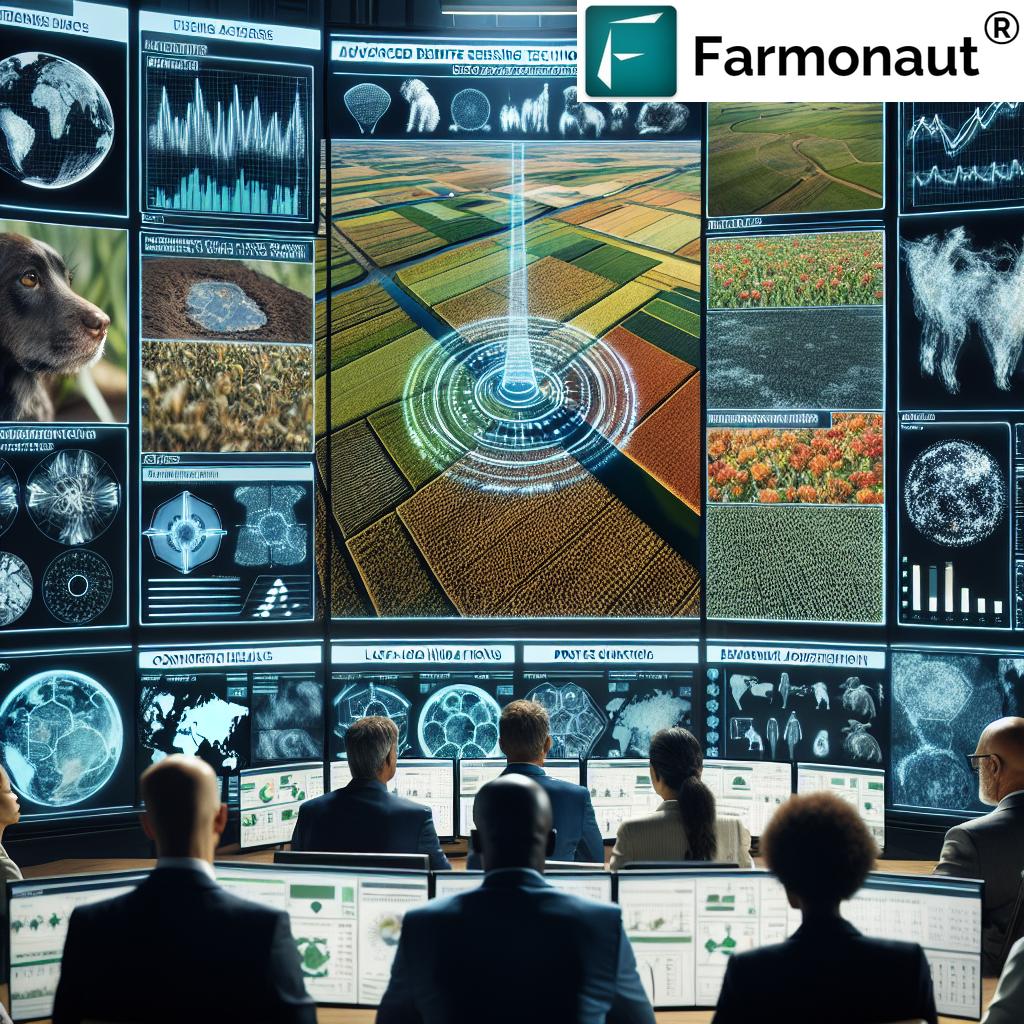
Farmonaut’s platform leverages advanced satellite imagery, artificial intelligence, and machine learning to provide farmers with powerful tools for monitoring and managing their land. Here’s how these technologies are making a difference in pest animal control:
- Early Detection: Satellite imagery can identify changes in vegetation patterns that may indicate pest animal activity, allowing for rapid response.
- Precision Targeting: AI-driven analysis helps pinpoint areas of high pest activity, enabling more efficient and targeted control measures.
- Real-time Monitoring: Continuous surveillance allows farmers to track the movement and behavior of pest animals, informing strategic management decisions.
- Data-driven Decision Making: By collecting and analyzing vast amounts of data, Farmonaut’s platform helps farmers make informed choices about pest control strategies.
The Economic Impact of Pest Animals and the AgTech Solution
The financial toll of pest animals on South Australian agriculture is staggering. From direct crop losses to the costs associated with control measures, the impact on farmers’ bottom lines can be severe. However, with the introduction of AgTech solutions, we’re seeing a shift in the economic landscape.
“Early detection of pest animals can reduce control costs by up to 40% for farmers implementing biosecurity measures.”
Farmonaut’s technology offers a cost-effective approach to pest management. By providing early warning systems and enabling targeted interventions, these AgTech solutions can significantly reduce the overall expense of pest control while improving its efficacy.
- Reduced Labor Costs: Automated monitoring systems decrease the need for manual surveillance.
- Improved Resource Allocation: Precision targeting ensures that control measures are applied where they’re needed most.
- Enhanced Crop Protection: Early detection and rapid response help preserve crop yields, safeguarding farm income.
- Long-term Cost Savings: By preventing pest populations from reaching critical levels, farmers can avoid costly large-scale interventions.
Download Farmonaut’s Android App
Sustainable Farming Practices and Pest Management
As we confront the challenge of pest animals, it’s crucial to consider the broader context of sustainable agriculture. Farmonaut’s AgTech solutions align perfectly with the principles of sustainable farming, offering ways to protect crops and livestock while minimizing environmental impact.
- Reduced Chemical Use: Precision targeting means less reliance on broad-spectrum pesticides and baits.
- Habitat Preservation: By focusing control efforts, we can better protect native wildlife and ecosystems.
- Water Conservation: Efficient pest management helps prevent damage to water sources and reduces water waste.
- Soil Health: Controlling pest populations helps maintain soil structure and fertility.
By integrating Farmonaut’s technology into their pest management strategies, South Australian farmers are not only protecting their immediate interests but also contributing to the long-term sustainability of the region’s agriculture.
Legal Requirements and Resources for Pest Management
Navigating the legal landscape of pest animal control can be complex. In South Australia, landholders have specific obligations when it comes to managing declared pest species. Farmonaut’s platform can assist farmers in meeting these requirements by providing:
- Documentation: Detailed records of pest activity and control measures taken.
- Compliance Monitoring: Tools to ensure pest management activities align with legal guidelines.
- Reporting Capabilities: Easy generation of reports for submission to relevant authorities.
Additionally, Farmonaut’s technology can help farmers access and utilize available resources more effectively, such as government funding for pest control initiatives and community-based management programs.
Collaborative Efforts in Pest Animal Management
Effective pest control often requires a coordinated approach that extends beyond individual farm boundaries. Farmonaut’s platform facilitates collaboration between farmers, industry groups, and government agencies by:
- Data Sharing: Allowing for the exchange of pest activity information across regions.
- Coordinated Response: Enabling synchronized control efforts for maximum impact.
- Community Engagement: Providing tools for educating and involving the broader community in pest management initiatives.
By fostering these collaborative efforts, we can create a more robust and effective defense against pest animals across South Australia’s agricultural landscapes.
The Future of Pest Animal Management in South Australian Agriculture
As we look to the future, the role of AgTech in pest animal management is set to grow even more significant. Farmonaut continues to innovate, developing new features and capabilities that will further enhance our ability to protect South Australian agriculture from pest threats.
- Predictive Analytics: Advanced algorithms to forecast pest outbreaks before they occur.
- Integration with Smart Farming Systems: Seamless connection with other farm management tools for comprehensive agricultural oversight.
- Expanded Sensor Networks: Integration of ground-based sensors with satellite data for even more precise monitoring.
- Automated Control Systems: Development of AI-driven response mechanisms for immediate pest control action.
These advancements promise to make pest animal management more efficient, effective, and environmentally friendly than ever before.
Comparative Analysis of Pest Animal Management Strategies
| Pest Species | Traditional Control Methods | Farmonaut’s AgTech Solutions | Effectiveness (%) | Cost-Efficiency (1-10) | Environmental Impact | Implementation Complexity |
|---|---|---|---|---|---|---|
| Rabbits | Baiting, warren ripping | Satellite monitoring, AI-driven detection | 85% | 8 | Low | Medium |
| Feral Pigs | Trapping, shooting | Thermal imaging, movement tracking | 90% | 9 | Low | Medium |
| Kangaroos | Fencing, culling | Predictive mapping, deterrent systems | 80% | 7 | Low | Low |
| Foxes | Baiting, den fumigation | AI behavior analysis, targeted control | 88% | 8 | Medium | Low |
| Wild Dogs | Trapping, shooting | Real-time alerting, coordinated response | 92% | 9 | Low | Medium |
This table clearly illustrates the advantages of Farmonaut’s AgTech solutions over traditional methods across various pest species. The higher effectiveness, improved cost-efficiency, and reduced environmental impact make these innovative approaches particularly attractive for South Australian farmers.
Conclusion: Embracing AgTech for a Resilient Agricultural Future
As we confront the ongoing challenge of pest animals in South Australian agriculture, it’s clear that traditional methods alone are no longer sufficient. The integration of AgTech solutions, such as those provided by Farmonaut, represents a paradigm shift in our approach to biosecurity and pest management.
By leveraging advanced satellite technology, artificial intelligence, and data analytics, we can create a more resilient, sustainable, and productive agricultural sector. These innovative tools not only enhance our ability to detect and respond to pest threats but also contribute to the broader goals of environmental conservation and economic stability.
As stewards of the land, it’s our responsibility to embrace these technological advancements and work collaboratively to protect South Australia’s agricultural heritage. With Farmonaut’s AgTech solutions at our disposal, we’re better equipped than ever to face the challenges of pest animal management and secure a thriving future for our farms, our communities, and our environment.
Check out Farmonaut’s API Developer Docs
FAQs
- Q: How does Farmonaut’s technology detect pest animal activity?
A: Farmonaut uses satellite imagery and AI algorithms to identify changes in vegetation patterns and land use that may indicate pest animal presence. - Q: Is Farmonaut’s platform suitable for small-scale farmers?
A: Yes, Farmonaut offers scalable solutions that can be tailored to farms of all sizes, making advanced pest management accessible to small-scale producers. - Q: How does Farmonaut’s technology integrate with existing farm management systems?
A: Farmonaut provides APIs and mobile apps that can be easily integrated with other farm management tools, allowing for seamless data sharing and comprehensive oversight. - Q: Can Farmonaut’s platform help with regulatory compliance for pest management?
A: Yes, the platform includes features for documentation and reporting that can assist farmers in meeting legal requirements for pest control activities. - Q: How does Farmonaut contribute to sustainable farming practices?
A: By enabling precise and targeted pest control, Farmonaut helps reduce chemical use, preserve biodiversity, and minimize the environmental impact of pest management activities.



